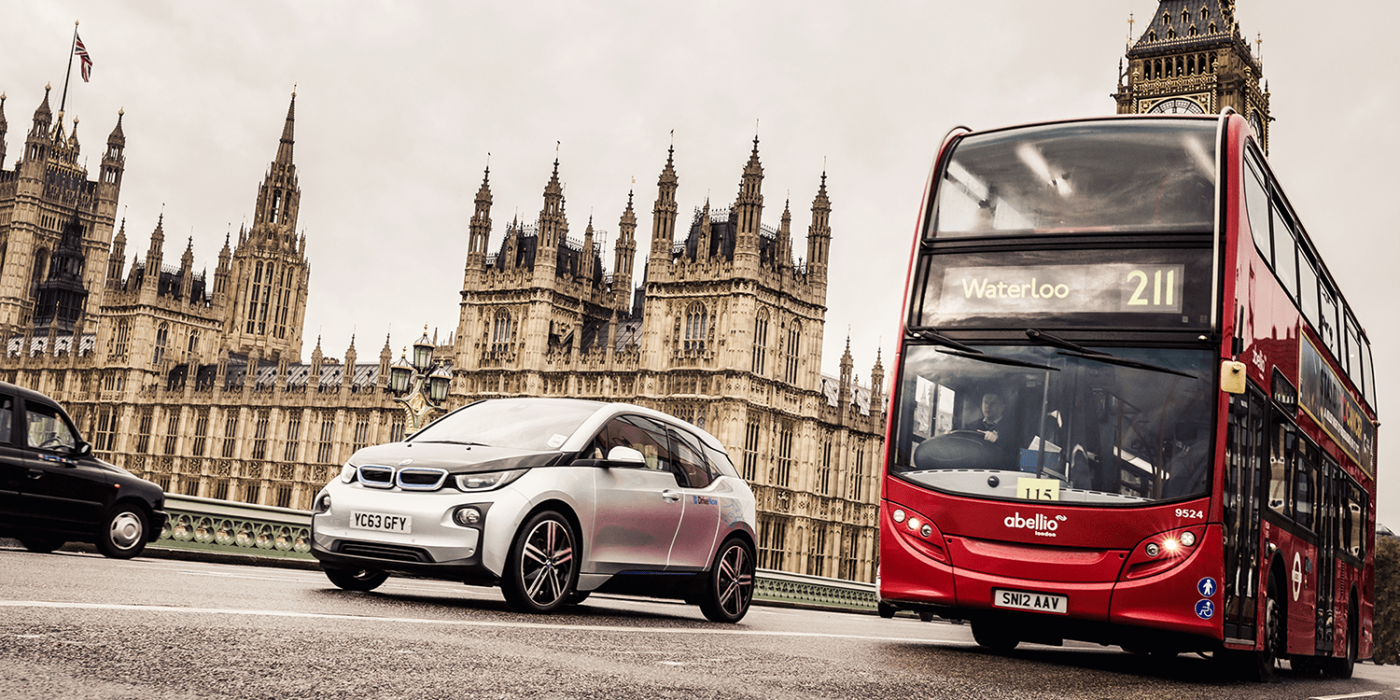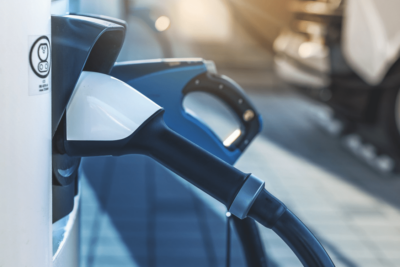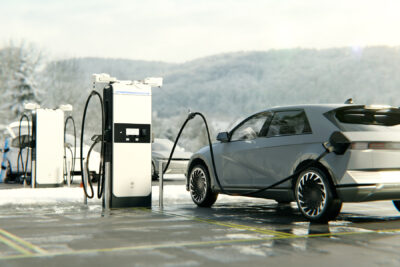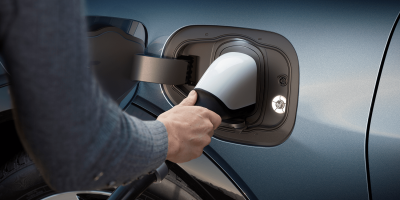London EV charging infrastructure update
City Hall and TfL this week announced the release of land for 100 new ultra-rapid public charging points on London roads. The first 25 of these will be put out to tender on 30 November, and 75 more will follow by late April next year, aiming for all 100 to be operational by the end of 2023.
The Mayor of London, Sadiq Khan, revealed this news in a keynote speech at the Design Museum on Thursaday, where he also delivered an update on London’s current infrastructure. The British capital now has more than 11,000 public charge points, of which 820 are rapid or ultra-rapid (at or above 50 kW). This is a third of the UK’s total and a 170 per cent increase from 2019, according to the Mayor.
Transport for London, the government organisation overseeing public transport and reports to the Mayor directly, is working closely with City Hall to increase the number of charge points in the capital. However, only around 5% of the city’s road network are under direct control of the Mayor and related authorities. The remaining road networks is controlled by London’s 32 boroughs (districts) and the City of London, all gathered in the London Assembly. This has made capital-wide infrastructure a patchwork at best. However, some networks like Source try to provide broader access and coverage amidst London councils rolling out their own initiatives.
Citywide, London has a target of 40,000 – 60,000 charging points by 2030, with around 10 per cent of these being rapid charge points. The release of another 100 spaces for charger installations brings the city closer to the goal.
“Freeing up public land to deliver more charging points, and charging hubs, will be crucial to hitting and, hopefully, exceeding this target,” said Khan.
However, he added it was “vital we don’t take our foot off the pedal now and lose momentum. That’s why my administration has published its Electric Vehicle Infrastructure Strategy and set a target of quadrupling – at a minimum – the number of public charge points in London by 2030.”
Taking a broad approch to detoxification
These measures are part of said broader strategic approach to decrease emissions in the city, which has gained London recognition. The International Council on Clean Transportation wrote up the approach as an example: “London has ambitious plans to decarbonise the transportation sector, including setting goals for all new cars and light goods vehicle sales to be zero-emission by 2030, all taxis and private hire vehicles be zero emission capable by 2033, and for a zero-emission zone to take effect in Central London by 2025. Comprehensive charging infrastructure will be critical to meeting these goals,” writes the ICCT.
London has long introduced low-emission zones, gradually widening ULEZ coverage and tightening emission regulations. These zones will eventually allow only low or zero-emission vehicles to drive through free of charge, including buses and light to medium-duty vehicles. Therefore the Mayor’s plans include decarbonising London’s bus fleet of about 9,000 vehicles, and the city reportedly stopped the procurement of new diesel buses. The current fleet comprises over 800 zero-emission buses, the largest zero-emission fleet in Western Europe, according to TfL.
The city also no longer licenses new diesel taxis and is reducing the age limit for older cabs, with well over 5,000 zero-emission capable taxis now on the street. The London Electric Vehicle Company (LEVC) factory in Coventry is the leading supplier of these hybrid electric black cabs.





0 Comments